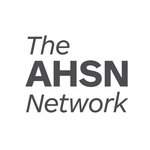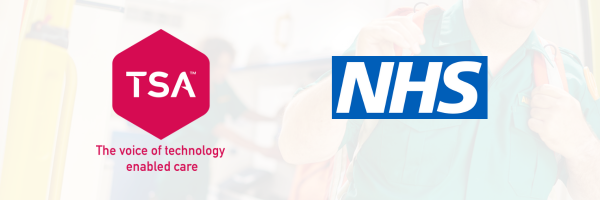
Introducing Pioneering NHS Guidance: Technology Enabled Care (TEC) Referral Guidance

22 January 2024
In a groundbreaking move, the NHS, in partnership with TSA has released its latest guidance, titled "Technology Enabled Care (TEC) Referral Guidance." This guidance is a strategic step to further integrate TEC providers seamlessly into Urgent Community Response (UCR) pathways.
Background Context
The inception of this guidance can be traced back to a significant call to action by Amanda Pritchard, Chief Executive of NHS England, last winter. In her letter to all Integrated Care Boards (ICBs), Pritchard emphasised the importance of commissioning QSF-certified TEC Services. These services are integral to working alongside UCR teams and potentially alleviating the strain on ambulance services, with a goal to reduce ambulance conveyances into hospitals. The emphasis on QSF (Quality Standards Framework), accredited by the United Kingdom Accreditation Service (UKAS), underscores the high standards expected in this collaborative healthcare model.
Winter 2023/24 ambitions - diverting activity away from emergency control rooms
At a recent TSA event in London, Claire Laing, UCR Lead for NHS England, introduced the new guidance and gave more context within the NHS’ ambitions for winter. She highlighted that this guidance is intended to facilitate:
- New relationships between UCR services and their local TEC providers
- Review of existing pathways in place between UCR and TEC
- Sharing of gold standard indicators and case studies from areas with mature models in place.
She commented, “This guidance is crucial for TEC and UCR service collaboration. If you are a TEC provider or UCR service and already working collaboratively, this document will ensure that you can provide a seamless service based around excellence. Alternatively, if you are a TEC provider or UCR service that wants to link in, the guidance is going to tell you exactly how to do that.”
Five Gold Standard Indicators
Central to this guidance are 'Five Gold Standard Indicators', which serve as benchmarks for excellence in integrating TEC and UCR services. These indicators are designed to ensure that patients receive timely and efficient care, reducing the need for emergency ambulance dispatches and optimising the use of TEC in urgent care scenarios.
The Transformative Potential of TEC and UCR Integration
Currently, ambulance services receive around 2,600 daily calls from TEC providers, accounting for roughly 3% of all calls. Redirecting a suitable portion of these to UCR services can significantly ease the burden on emergency services. Moreover, this integration is pivotal in ensuring timely care for individuals, allowing them to remain comfortably and safely in their homes.
Case Studies of Success
Recent exemplars include Dudley Telecare - where the number of ambulance callouts for injured fallers was reduced by a huge 80% by utilising these pathways - illustrate the immense potential of this integration. There was similar success for Warrington Borough Council, with 85% of people remaining at home as a result of the integration of TEC and UCRs.
Conclusion: A Step Towards a More Integrated and Responsive Healthcare System
The release of the "Technology Enabled Care (TEC) Referral Guidance" marks a significant stride towards a more integrated, efficient, and patient-centric healthcare system. By bridging the gap between TEC providers and UCR services, the NHS is setting a new standard in healthcare delivery, one that promises better outcomes for patients and a more sustainable model for urgent care responses.
Guidance and resources
- Urgent community response and ambulance referral resource
- Technology enabled care referral guidance
- New NHS England guidance is available on in vitro point of care testing to support organisations and professionals who are considering integrating point of care testing into their urgent community response and virtual ward services.
- ITEC Conference 2024 website - this guidance will form a key component of the programme at ITEC 2024






